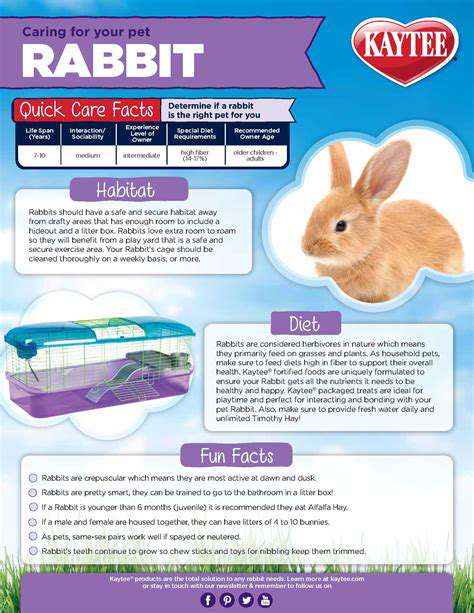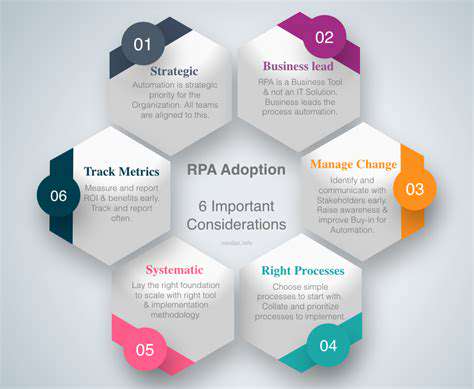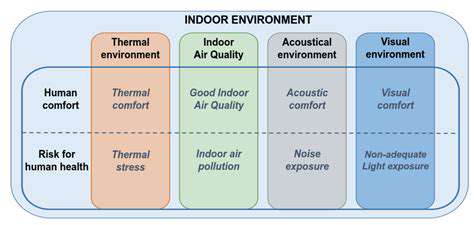Why Senior Pets Are Great Companions

Senior Pet Care: Understanding the Changes
As senior pets age, they undergo various physical and behavioral changes, much like senior humans. These changes, though often subtle at first, are essential to recognize to provide optimal care for your aging companion. Recognizing these changes ensures your senior pet enjoys a comfortable and fulfilling life. Understanding these shifts is the first step towards effective senior pet care.
Common changes include reduced mobility, vision, and hearing. Senior pets may develop stiffness, arthritis, or lower energy levels, impacting their quality of life. Observing these changes allows you to adapt their routines and provide the necessary support.
Dietary Needs for Senior Pets
Senior pets often require different nutritional profiles than younger animals. Their metabolism slows, and their digestive systems may not function as efficiently. As a result, senior pets benefit from diets formulated specifically for their needs, typically higher in protein and lower in fat and calories.
A balanced diet is crucial for maintaining muscle mass and overall health. Consult with your veterinarian to determine the best diet for your senior pet, as their needs vary based on breed, size, and health conditions. This ensures they receive the nutrients necessary to thrive in their later years.
Managing Health Conditions in Senior Pets
Senior pets are more susceptible to health conditions like arthritis, diabetes, kidney disease, and heart disease. Regular veterinary checkups are vital for early detection and management. Early intervention can significantly improve their quality of life and extend their lifespan.
Effective management often includes medication, dietary adjustments, and appropriate exercise tailored to your pet’s condition. Collaborating with your veterinarian to create a personalized care plan is essential for your senior pet’s well-being.
Behavioral Changes in Senior Pets
Behavioral changes are common in senior pets as they age. These may include reduced activity levels, altered sleep patterns, and changes in appetite. Understanding these shifts is crucial to ensure your pet remains comfortable and secure in their environment.
Behavioral changes can sometimes indicate underlying health issues. Monitor any significant shifts and consult your veterinarian if concerns arise. Your vet can determine if the behavior is age-related or a sign of a condition requiring attention.
Enrichment and Exercise for Senior Pets
Creating a stimulating environment is essential for senior pets. This includes mental stimulation and physical activities suited to their capabilities. Enrichment activities, such as puzzle toys or interactive games, can enhance their well-being and slow cognitive decline.
Adapt activity levels to your pet’s energy. Gentle walks, playtime with toys, or quality time together can provide enrichment. Adjusting exercise intensity ensures safety and comfort.
Navigating the Needs of Your Senior Companion

Understanding the Diverse Needs of Seniors
Seniors experience a wide array of needs, spanning physical, emotional, social, and financial aspects. Recognizing this multifaceted nature is crucial for providing effective support. These needs vary based on individual circumstances, health, and preferences, requiring personalized care.
Addressing specific concerns, such as mobility issues or social isolation, demands a tailored approach that respects autonomy and dignity.
Addressing Physical Health Concerns
Maintaining physical health is vital for seniors, impacting their well-being and independence. This includes managing chronic illnesses and ensuring access to medical care. Regular check-ups are essential for monitoring health and preventing complications.
Providing assistive devices like walkers or ramps ensures safety and independence. Proper nutrition and hydration also play a key role in maintaining health.
Navigating Emotional and Mental Well-being
Emotional and mental well-being are critical for seniors. Feelings of loneliness or depression may arise, especially after significant life changes. Providing social interaction combats isolation and promotes mental wellness.
Engaging in activities like clubs or volunteering fosters emotional well-being. A supportive environment encourages open communication and emotional expression.
Financial Security and Planning
Financial stability is a major concern for many seniors. Navigating retirement and managing finances are essential for maintaining independence. Proper financial planning helps avoid financial strain.
Understanding available resources, such as government programs, is crucial. Seeking advice from financial advisors provides support in complex situations.
Social Connections and Community Engagement
Social connections and community engagement enhance seniors' well-being. Building a sense of belonging reduces isolation and enriches their lives.
Participating in community events or clubs fosters a network of support. Encouraging seniors to engage in their communities provides purpose and fulfillment.
Read more about Why Senior Pets Are Great Companions
Hot Recommendations
- Review: [Specific Brand] Small Animal Cage
- Why Rescuing Pets Saves Lives
- Best Pet First Aid Kits [What to Include]
- How to Help Stray Animals in Your Community
- Guide to Adopting a Pet When You Have Kids
- Top Reptile Heat Lamps
- Heartwarming Rescue Stories That Will Inspire You
- Review: [Specific Brand] Bird Cage
- Best Aquarium Filters [2025 Review]
- Review: [Specific Brand] Smart Litter Box

![Review: [Specific Brand] Pet Odor Eliminator](/static/images/33/2025-05/ValueforMoneyandAlternatives.jpg)
![My Pet's Favorite Toys and How They Play [Story]](/static/images/33/2025-05/BeyondtheToy3ATheRoleofPlayinaDog27sLife.jpg)







